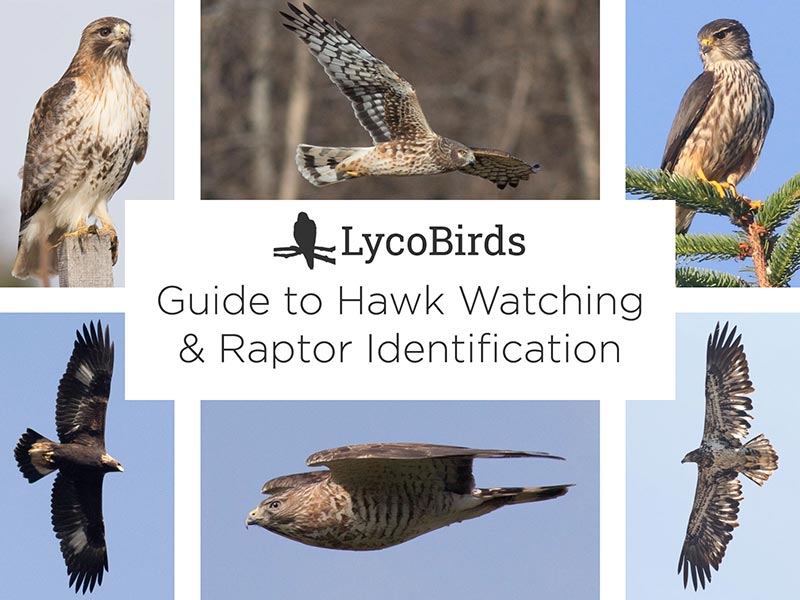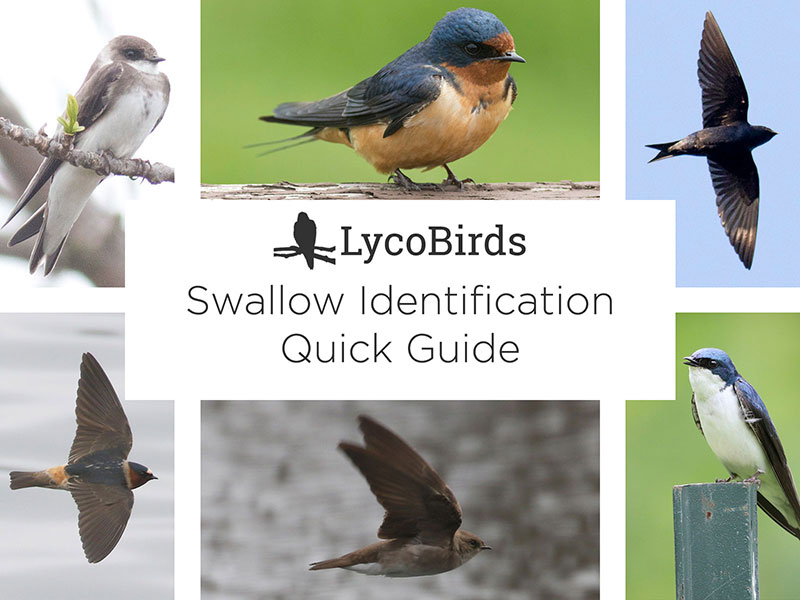Simplified Breeding Code Guidelines for the PA Bird Atlas
With the third Pennsylvania Bird Atlas underway as of Janurary 2024, there has been quite a lot of confusion as to when you can use what breeding codes on which species. The third atlas is using a breeding chart rather than just "safe dates." This chart can be a little tricky to reference quickly and translate the status to what breeding codes are permissible to use. So, this page is a simplified reference that just tells you what is allowable given the date you select. This was last updated on 3/1/24 is now based on the version 1.1 spreadsheet (found on the atlas website) — and I will try to keep it up to date if additional changes to the official spreadsheet are published.
And a quick disclaimer. I'm a County Coordinator for the atlas (Lycoming County), but this tool is not officially maintained by the atlas staff, so if something here disagrees with the official atlas resources, go by the official resources.
According to Atlas Coordinator Amber Wiewel, the guidelines for breeding codes are as follows: Possible codes should only be used during "breeding only" weeks (i.e., safe dates). Probable codes should only be used during "breeding only" or "either" weeks. Confirmed codes can be used whenever confirmed behaviors are observed. The lists you see below follow these guidelines.
As a reminder, the possible breeding codes are:
Observed: No code; F (Flyover) - F can be tricky to apply correctly, see eBird's guidance
Possible: H (In Appropriate Habitat); S (Singing Bird In Appropriate Habitat)
Probable: S7 (Singing Bird Present 7+ Days); M (7+ Singing Birds); P (Pair in Suitable Habitat); T (Territorial Defense); C (Courtship, Display, or Copulation); N (Visiting Probable Nest Site); A (Agitated Behavior); B (Wren/Woodpecker Nest Building)
Confirmed: PE (Physiological Evidence); CN (Carrying Nesting Material); DD (Distraction Display); UN (Used Nest); ON (Occupied Nest); FL (Recently Fledged Young); CF (Carrying Food); FY (Feeding Young); FS (Carrying Fecal Sac); NE (Nest with Eggs); NY (Nest with Young)
There are no time window restrictions on Confirmed and Observed codes, so use them whenever qualifying behavior is observed.
Species Lists
Any Breeding Code Can Be Used
These species are within their breeding window on the chart (B) for the selected date, so any breeding code, including the two Possible codes – H (In Appropriate Habitat) and S (Singing Bird) – can be used, if appropriate based on the behavior and habitat.
{Loading...}
* indicates a priority species for the atlas, and reports of these species may require additional documentation for inclusion.
Confirmed or Probable Codes Can Be Used
These species can either be migrating or on breeding territory for this date (E on the chart), so Probable and Confirmed breeding codes can be used if appropriate, but do not use Possible (H and S) codes for these species. Quoting from the atlas handbook "Take note of singing birds in suitable habitat but do not consider them as Possible breeders until later visits."
{Loading...}
* indicates a priority species for the atlas, and reports of these species may require additional documentation for inclusion.
Do NOT use Possible or Probable codes for any species that are not on one of the lists above! Confirmed codes can be used whenever corresponding behavior is observed.


